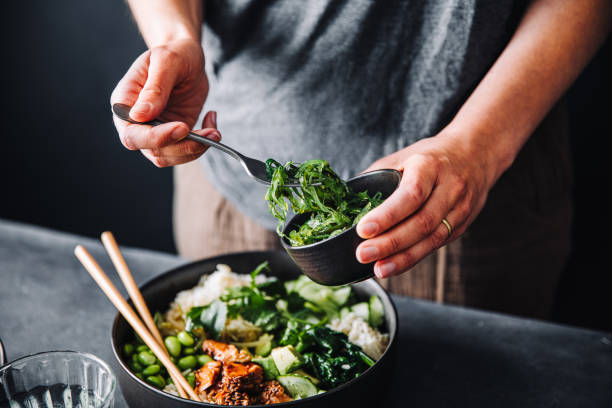Estimate cost per portion when adjusting batch sizes
Adjusting batch sizes changes ingredient amounts, portion counts, and ultimately cost per portion. This article explains how to convert measurements, scale servings, and track nutrients and macros while keeping costing accurate for recipes, inventory, shopping, and labeling. Practical steps and a provider comparison help you estimate costs reliably.

How to handle conversion between metric and imperial
When scaling a recipe for different batch sizes, accurate conversion between metric and imperial units avoids costing errors. Convert weights first (grams and kilograms) rather than relying on volume when possible: weight conversions reduce variability between cups and grams. Use consistent density references for ingredients like flour, sugar, and liquids, and round sensibly to avoid tiny but cumulatively significant cost differences when multiplying quantities for large batches.
Adjusting servings and batch scaling
Start by defining the target number of servings for the batch, then calculate a scale factor: desired servings divided by original servings. Apply the factor to each ingredient amount and then to the total batch yield. Track both total batch weight and number of portions to derive portion weight. When portions vary (for example, plated vs. packaged servings), calculate separate cost-per-portion values to reflect operational differences and packaging inclusions.
Calculating cost per portion and batch costing
Create a costing sheet that lists each ingredient, the purchased unit price, and the usable yield from that purchase (accounting for trim, waste, and cooking loss). Multiply the scaled ingredient quantity by per-unit cost to get the ingredient cost for the batch. Sum ingredient costs and divide by number of portions to get cost per portion. Include indirect costs where relevant (packaging, labor allocation, utilities) as per your costing policy so results reflect real operating expenses.
Tracking nutrients, macros, and calories
When scaling batches, nutrients scale with ingredient mass, but rounding and yield loss can slightly change per-portion nutrients and macros. Use a reliable nutrient database to calculate calories, proteins, fats, and carbs per ingredient, then apply your scale factor and divide by portions. For accuracy, consider adjustments after cooking (weight loss or water absorption) and label values legally required in your jurisdiction. Track both per-portion macros and the full-batch nutritional totals for labeling and dietary tracking.
Measurement, labeling, and inventory considerations
Consistent measurement methods and updated inventory records help maintain accurate costing. Use standardized portion weights for labeling and record any changes in recipes or suppliers immediately. For shopping and inventory, convert scaled ingredient needs into purchase units to plan orders efficiently; bulk buying can lower unit costs but requires correct on-hand tracking to avoid waste. Maintain clear labeling of portion size, allergens, and nutrition to match the costs shown and support compliance and customer expectations.
Real-world cost insights and provider comparison
Real-world costing varies by region, supplier mix, and operational scale. Small kitchens often use spreadsheets and local market prices to estimate cost per portion, while larger operations use integrated recipe costing and inventory systems tied to supplier pricing. Labor and overhead can account for a notable share of per-portion cost when included; for many food businesses, ingredient cost is the baseline and overheads are added as percentage markups. Below is a concise comparison of representative services and data sources used to combine nutrition and costing with recipe scaling.
| Product/Service | Provider | Cost Estimation |
|---|---|---|
| Recipe Analysis API / price-per-serving estimate | Spoonacular | Estimated free tier available; paid tiers commonly start around tens of USD per month depending on request volume |
| Recipe costing and inventory management | MarketMan | Estimated mid-tier pricing; often billed monthly with plans commonly in the tens to low hundreds of USD per month for restaurants |
| Recipe & inventory platform | Apicbase | Enterprise-focused; pricing often begins in the low hundreds per month and scales with features and users |
| Nutrient and ingredient database (no cost for nutrients) | USDA FoodData Central | Free access to nutrient data for recipe analysis |
Prices, rates, or cost estimates mentioned in this article are based on the latest available information but may change over time. Independent research is advised before making financial decisions.
This article is for informational purposes only and should not be considered medical advice. Please consult a qualified healthcare professional for personalized guidance and treatment.
Conclusion
Estimating cost per portion when adjusting batch sizes requires consistent conversions, careful scaling of ingredient quantities, and attention to yield and waste. Combine accurate measurement practices with nutrient tracking and inventory updates to keep recipe costing reliable. Use provider tools or spreadsheets depending on scale, and treat cost estimates as dynamic figures that need periodic review against actual purchasing and operational data.




